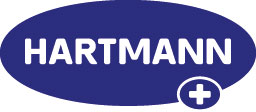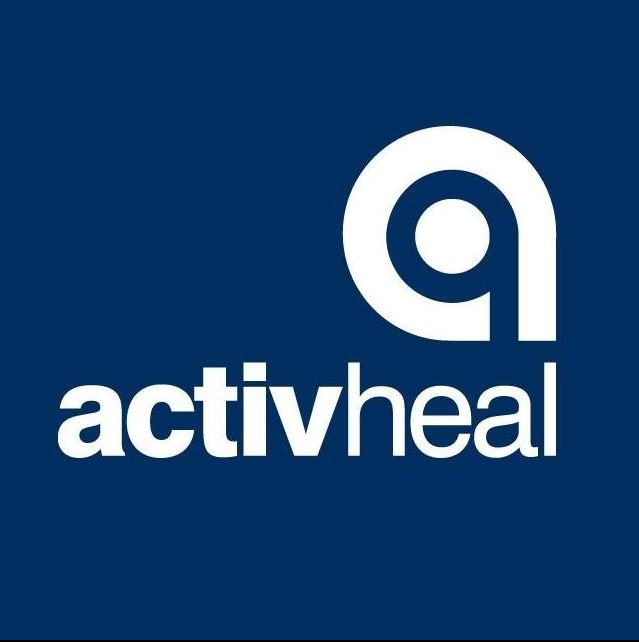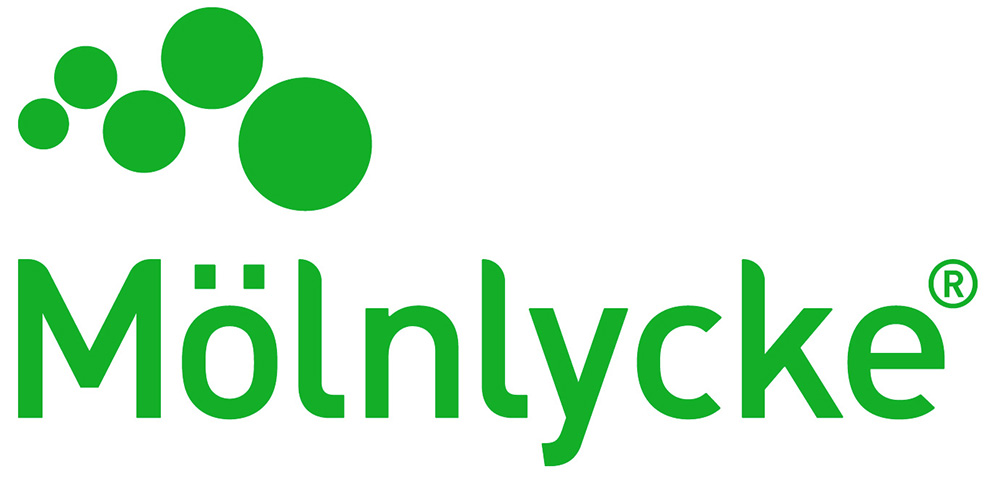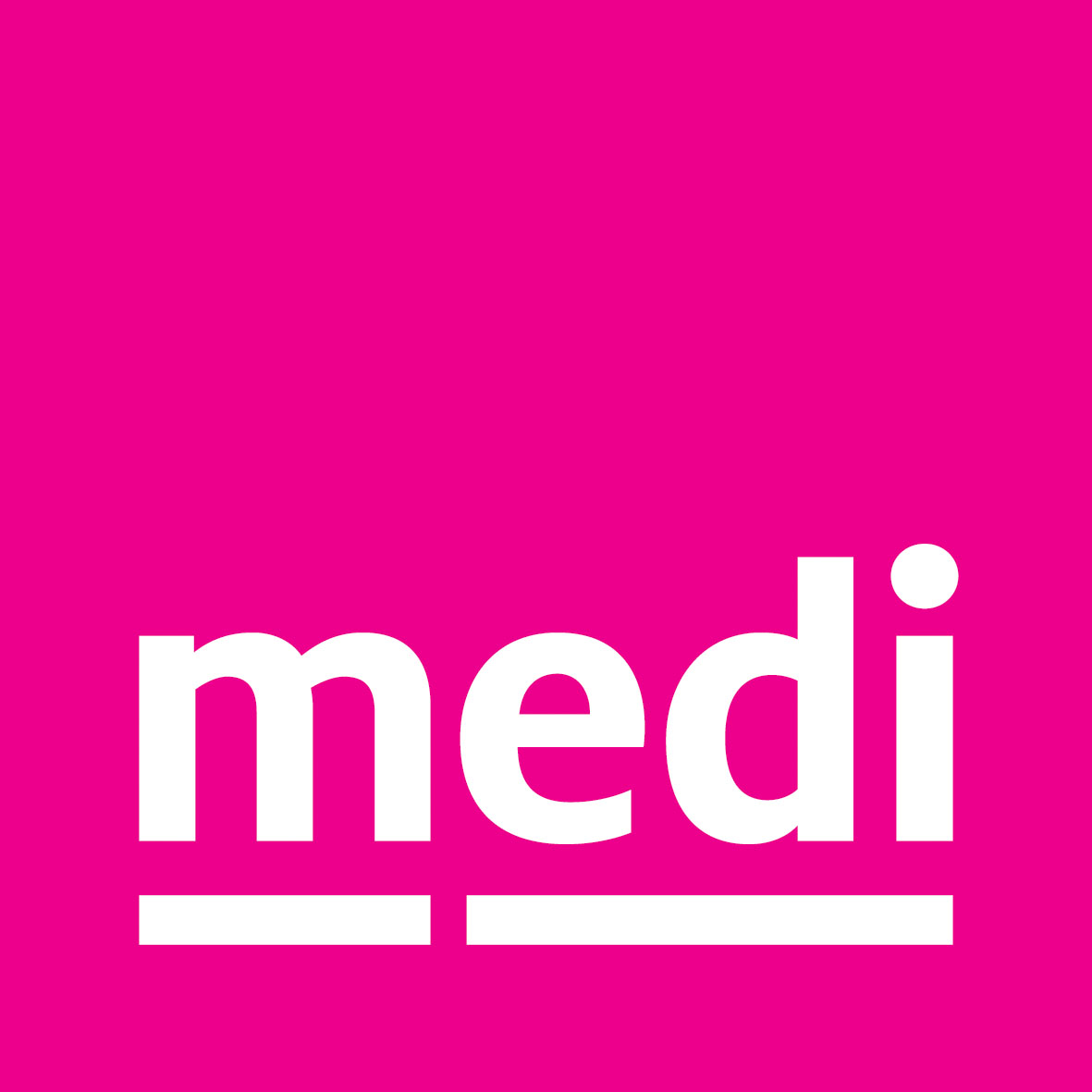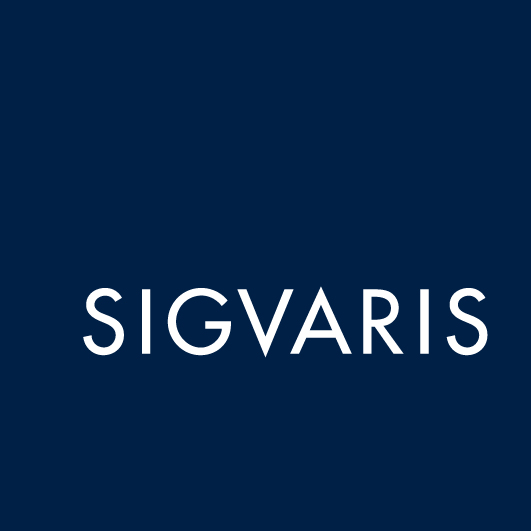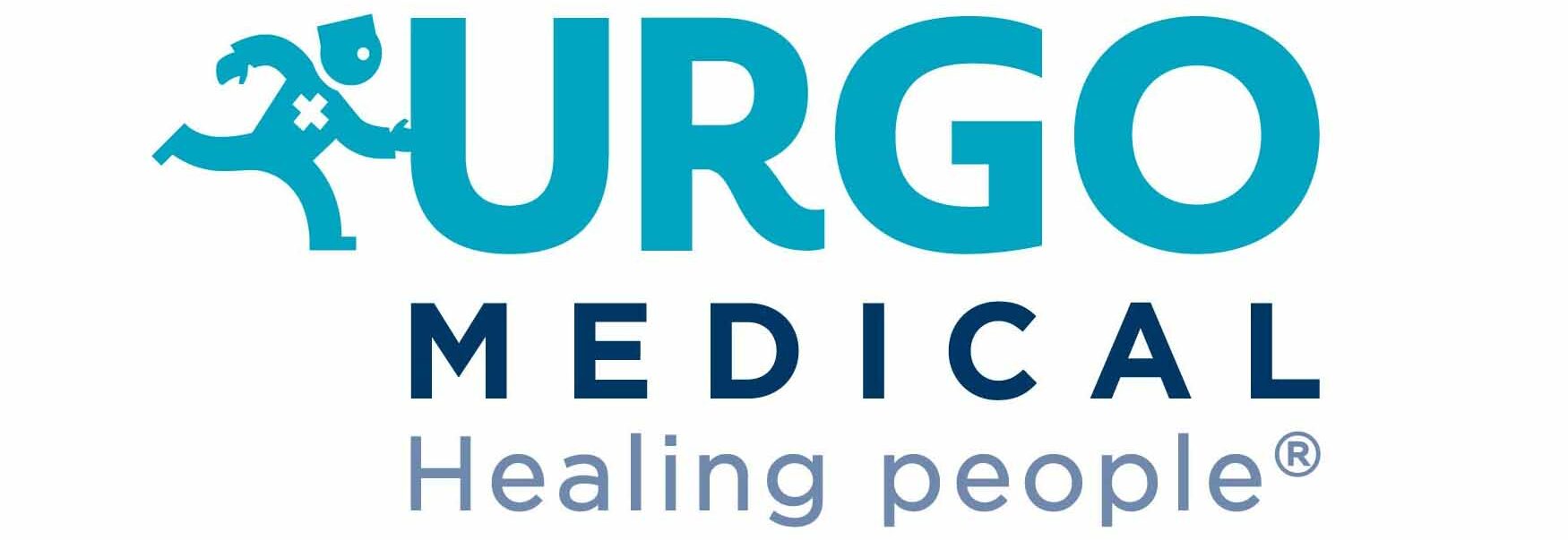Danielle Base
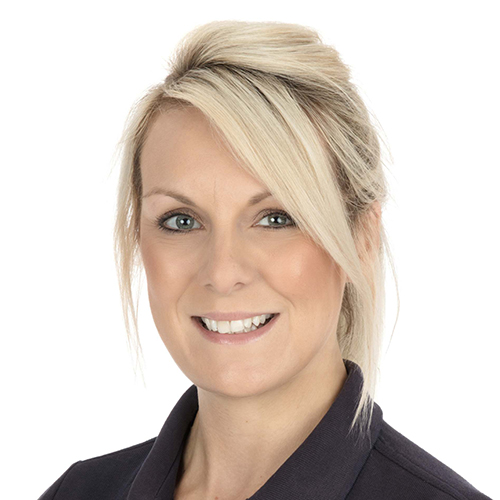
Danielle is the Clinical Director at Pearce Bros Mobility and a Specialist Occupational Therapist with over 25 years of experience supporting children and adults with complex needs and postural challenges.
With a specialist interest in postural and pressure management, Danielle has extensive expertise in seating and positioning systems. She works closely with NHS and Social Care Services, providing expert advice and tailored solutions to support optimal 24-hour positioning and pressure care—helping to reduce the risk of contractures and pressure injuries.
In addition, Danielle is a qualified Moving and Handling Practitioner, delivering advanced training for clinicians and hands-on teaching. She brings in-depth knowledge of moving and handling equipment and strategies for safely supporting individuals with pressure injuries.
Danielle is passionate about empowering therapists to take a more proactive role in the prevention of pressure ulcers and is a strong advocate for innovation in clinical practice. She promotes a multidisciplinary approach to improving posture, reducing pressure injuries, and optimising physical health and well-being.
Free Paper Presentation (Research) at The Society of Tissue Viability 2025 Conference
Enhancing pressure ulcer prevention and management through multidisciplinary collaboration: A joint approach between Tissue Viability Nurses (TVNs) and Occupational Therapists (OTs)
Abstract
Pressure damage in healthcare settings costs the NHS over £3.8 million daily (NHS England, 2018). Although evidence supports the effectiveness of a multidisciplinary team (MDT) approach to pressure ulcer prevention and management (Ray Samuriwo, 2012), the level of collaborative support between Tissue Viability Nurses (TVNs) and therapists remains inconsistent. While NICE (2018) guidelines provide clear directives for pressure care, there is limited research on joint clinical practice for individuals with complex needs, particularly the integration of TVNs and OTs in 24-hour pressure care.
Guest et al cohort study evaluating pressure ulcer management in the community suggested that only 21% of patients who develop a category 4 pressure ulcer which is characterised as a full thickness skin and tissue loss with exposed or directly palpable fascia, muscle, tendon, ligament, cartilage and or bone in the ulcer (National Wound Care Strategy Programme 2024) go on to heal in 12 months. Patients with complex postural need are far more at risk of significant harm therefore proactive collaboration is essential to prevent skin damage.
This research aims to explore how the sharing of knowledge and skills through joint working between TVNs and OTs can significantly reduce the risk of pressure ulcers and expedite the healing process, especially for individuals with complex needs.
Key areas of focus include postural assessment, contracture management, repositioning strategies, this can often be seen as responsibility of the OT or Physiotherapist, however this collaborative approach is essential to ensure skin integrity issues such as moisture associated skin damage MASD and pressure ulcer wound management has been considered and incorporated into care planning.
Mobilisation versus bed rest is often another area that varying clinical goals can be observed. Bed rest can frequently be prescribed for a patient with sacral pressure damage which may not always be in the patient’s best interest for their quality of life or long-term function if maintaining posture is a priority (Norton & Sibbald 2004), this common situation can be observed in many community settings, ensuring a collaborative approach ensures the patient and all clinicians involved work together enabling discussion of benefits and risk to different approaches as well as safety netting to ensure all a patients needs are met and best outcomes are achieved.
Other areas which should be considered from the MDT include continence and the impact this will have on skin integrity and corresponding increased risk for pressure damage, the use of appropriate moving and handling equipment to prevent sheer and friction on the skin, as well as effective seating provision that meets the patients postural and pressure care needs.
A holistic, client-centred approach is crucial in preventing and managing skin injuries. Both TVNs and OTs play vital roles in assessing optimal positioning, advising on appropriate use of pillows or positioning systems, and determining the timing and method of repositioning to reduce shear and friction. Furthermore, decisions regarding mobilisation and bed rest, which can impact both skin health and long-term function, require close collaboration to ensure the best outcomes.
The research emphasises the importance of communication and sharing knowledge and skills between professionals, particularly in the context of postural management and equipment provision, such as beds, seating, positioning systems, moving and handling and toileting and bathing equipment as well as the timely prescription of pressure-relieving devices.
Joint case studies demonstrate that working collaboratively within the community setting enhances patient care, improves communication, and empowers both TVNs and OTs to make informed decisions. This MDT approach has shown to improve confidence and clinical skills, leading to more effective pressure ulcer prevention and management.
In conclusion, while pressure care has traditionally been viewed as a role primarily managed by TVNs and nursing staff and equipment provision the domain of the OT a more integrated approach involving OT’s and TVN is essential. This collaborative model not only reduces the financial burden on the NHS but also significantly improves patient outcomes by reducing pain and discomfort associated with pressure ulcers by ensuring all patients have the most appropriate care for their individual needs. A review of frameworks, education, and funding allocation is necessary to equip all professionals with the skills, knowledge, and authority needed to provide comprehensive postural and pressure care solutions.
Keywords: Pressure ulcers, multidisciplinary team, tissue viability nurses, occupational therapists, postural management, prevention, patient care, collaboration, NHS.
References
NHS England, 2018 Available at: https://link.edgepilot.com/s/07a73d84/0P0trPL-NUW3idJdCo-Etw?u=https://www.england.nhs.uk/pressure-ulcers-revised-definition-and-measurement-framework/(Accessed: 12 January 2025).
Samuriwo, R. (2012) ‘Pressure ulcer prevention: The role of the multidisciplinary team’, British Journal of Nursing, 21(Sup5). doi:10.12968/bjon.2012.21.sup5.s4.
Norton, L Sibbald RG (2004). Is bed rest an effective treatment modality for pressure ulcers? Ostomy Wound Managment. 2004 Oct;50(10):40-2, 44-52; discussion 53. PMID: 15509881.
Guest, J.F. et al. (2018) ‘Cohort study evaluating pressure ulcer management in clinical practice in the UK following initial presentation in the community: Costs and outcomes’, BMJ Open, 8(7). doi:10.1136/bmjopen-2018-021769.
National Wound Care Strategy Programme: (2024) Pressure Ulcer Recommendations and Clinical Pathway.
Joint case study
Mrs A – Consent obtained for information and photos to be used for case study
Diagnosis MS
Complex Posture – Scoliosis
Grade 4 Pressure Ulcer on left IT
Grade 3 Pressure Ulcer on left heal
TVN Wound Care/treatment plan will be explained in Case Study with photos
Mrs A has been on bed rest for one year, wound not improved during this time. This has affected her posture, function, quality of life and wellbeing.
A different treatment approach was taken by TVN and OT to hoist Mrs A out of bed with the aim of healing her pressure ulcers and to enable her to sit out to improve her posture, function and social wellbeing.
Strategies used for 24-hour postural management and pressure care
- 4 section profile bed
- Symmetrikit sleep system – Mrs A’s position and sleep system adjusted by TVN and OT to optimise posture and comfort
- Comfy tilt in place to adjust positioning and offload pressure in bed
- Foam cast wheelchair made and provided by OT from Wheelchair Service – Both OT and TVN involved in assessment and casting to optimise posture and pressure care. Pressure mapping data recorded to ensure pressure distributed evenly and no hotspots identified.
- Specialist Seating Tri Chair provided by OT – Both OT and TVN carried out a joint visit to set the chair up to improve posture and comfort
- Pressure cushion for specialist seating assessed by OT and TVN – Assessed alternating air cushion and ROHO cushion. Joint pressure mapping assessment carried out.
- Pressure mapping data collected to analyse seating to optimise posture and pressure care and prescribe best solution to meet Mrs A’s needs. Pressure mapping data will be shared within case study.
- Moving and Handling assessed – Wendylett and slings assessed to reduce pressure, shear and friction on skin.
- Joint discussions on seating plan re length of time Mrs A is able to sit out for. Tilt options of seating also jointly discussed and agreed. Pressure mapping supported clinical reasoning
- Shower chair to be joint assessed when Mrs A’s wound has further healed. Casted Foam toilet/shower chair mould to be considered.
Wound regularly reviewed to assess effectiveness of OT and TVN joint intervention
Wound measurements recorded:
- Category 4 pressure ulcer left IT 02/01/2025 prior to intervention volume 18,000mm³ has now reduced to 3,000mm³ 25/03/2025 following all new interventions.
- Category 3 pressure ulcer to left heel 1,225mm² (02/01/25) has now reduced to 100mm² (25/03/2025).
With TVN and OT intervention Mrs A’s wound is now healing. Her comfort, mood and quality of life has improved, she is much happier. Plan to continue monitoring wound and review care plan to gradually increase seating plan and enable Mrs A to access toilet/showering long term.
Poster Presentation (Research category) at The Society of Tissue Viability 2023 Conference
The 3 P’s when prescribing Medical Grade Silicone Gel; Pressure, Posture and Positioning
Abstract
Summary – When prescribing pressure care products to prevent or manage skin integrity for individuals who are at risk, there are a range of solutions. This project was set up to collect quantitative and qualitative data on shear, pressure, comfort, and stability when using Dimensional medical grade silicone gel, in comparison to foam and static air products.
Aims and Objectives – The aim was to record how dimensional gel manages pressure and shear, when seated in a standard armchair compared to other pressure care products. In addition, the personal views and thoughts captured would be able to add the voice of the person into this trial.
The objective of the project was to provide evidence and guidance to practitioners to support them with their clinical decisions when prescribing dimensional gel, and with developing a pressure care plan for individuals. In addition, offering the company valuable evidence and data to further develop the product.
Background – Pressure care in the UK costs the NHS 3.8 million pounds a day (NHS England 2018) (1) not to mention the cost to the individual whose lives are greatly changed in the process of being treated (Mervis and Philips.) (2)
Every day, Clinicians face having to manage and treat individuals relying on their own knowledge and ability to identify, prevent and treat pressure. In addition, organisations play a large part in ensuring an approach, policies, procedures, tools and accessibility to equipment or products to ensure good practice. (J keen – et all) (3)
Medical grade silicone gel provides a soft cooling, comforting layer of protection for the prevention of pressure ulcers, that is widely prescribed worldwide and is effective in its application. Dimensional gel whilst being both versatile and unique in a variety of settings offers limited clinical evidence or guidance, to fully understand and describe its impact and scope in practice.
Technique ‘The Comfort Research Pod’ – An invitation shared via Eventbrite and social media provided 30 individuals whose skin was not compromised, to participate in this randomised trial called “The Comfort Research Pod”.
Volunteers provided information, including height, weight, BMI, health, and level of mobility, before testing their response to sitting on a height adjustable chair, without a cushion, foam, dimensional gel, and a static air cushion.
To gather quantitative objective evidence, the FSA Pressure Map System and “I Shear” device were used to measure the impact on each surface.
A Likert scale questionnaire was used to collect qualitative data. Permitting this research to consider the subjective view of each solution and what factors may be key with prescribing specialist pressure cushions, including temperature comfort and stability.
Recognising that in practice often cushions are issued, chairs not adjusted, each cushion was assessed at the correct and incorrect height, to understand if height is a contributing factor in the performance of the cushion and a key factor when choosing and prescribing pressure cushions.
Two Occupational Therapists completed the testing gathering comparable data, cross referencing and checking that the trial was set up identically for each volunteer adopting the basic principles as listed in the Code of practice for research (UK Rio) (4)
Results – All three cushions when correctly fitted to the volunteer’s seated height, offered additional comfort, and decreased pressure and shear.
Medical grade dimensional gel reduces pressure and shear and scored highly in both the quantitative data and the qualitative feedback. Volunteers stating that it is, cooler, and offered increased stability without adapting the height of the chair.
Personal preferences of the volunteer generally supported the formal data demonstrating they were experiencing less pressure or shear, and were personally aware that they were more stable, and comfortable.
Discussion – Individuals that require stability with no seat height alteration, those who are at risk of pressure and shear, require cooling, dimensional gel should be considered during the assessment and prescription of pressure care.
Development of the 3 Ps; It is important that clinicians consider the individuals Pressure, Posture and Positioning in seating. The statistics demonstrated that only offering a cushion and not considering the change to a person’s posture or positioning, reduced the effectiveness and ability to relieve pressure and shear.
The research has instigated further development into a new product to offer additional immersive support.
References
- NHS England – Pressure Ulcers: revised definition and measurement summary and recommendations. June 2018 NHS Improvement 2018 Publication code CG 73/18.
- J S Mervis and TJ Philips – Pressure ulcers: Pathophysiology, epidemiology, risk factors and presentation. . Journal of the American Academy of Dermatology. October 2019 Volume 81 Issue 4 Pages 881 -890
- L Pinkney, J Nixon, L Wilson, S Coleman , E McGinnis, N Stubbs, C Dealey, A Nelson , M Patterson, J Keen. – Why do patients develop pressure ulcers? A retrospective case study. British Medical Journal JAN 2014 Volume 4 Issue 1
- UK RIO – Code of practice for Research – Promoting good practice and preventing misconduct. 2019-2021 UK Integrity Office.
Poster Presentation (Case study category) at The Society of Tissue Viability 2022 Conference
Preventative strategies for reducing interface pressure on sling users during hoist transfers
Abstract
Background: This paper explores the development of a care strategy for the prevention and treatment of pressure ulcers when transferring patients using slings. In care facilities, hospitals and the community, immobile patients are transferred using a hoist and sling. This can compromise a patient’s skin in contact with sling edges and seams, due to the concentration of forces on the body.
Soft tissue damage can occur around the posterior upper and lower thigh areas, which can lead to pressure ulcers. Studies have shown that force concentration on a patient’s skin can increase by 300% [1] over natural body weight force, when using a sling.
Transfers should be seen as part of 24-hour pressure care management; Across Europe approximately 18% of in-patients have pressure ulcers[1]. They are more likely to occur in people with the inability to reposition themselves[2]. Yet we found limited academic research or statistics to show the effects on a patient’s skin of the heightened interface pressure during transfers.
Method: The project looked at solutions to decrease interface pressure to reduce potential pressure injuries and improve patient comfort. This included using different moving and handling techniques and applying low-profile silicone gel padding to the sling.
Two case studies of transfers were undertaken: Pressure mapping of a 74-year-old (Joe) and a clinical case study of a 78-year-old client in the community (Edith) with pre-existing pressure issues. These demonstrate how improvements to patient pressure care and well-being can be made.
Results: The pressure mapping test of Joe indicated pressure hotspots impacting on his skin, at the front and rear edges of the sling, showing an average interface pressure of 29.96mmHg. Following insertion of the silicone gel, these hotspots were reduced to an average interface pressure of 13.94mmHg. Average interface pressure overall was reduced by 53.5%.
Joe was also asked to rate his pain level, using the Likert Scale [2] (a rating between 1-10, with 1 being very uncomfortable, and 10 being very comfortable). Without the gel, Joe gave a rating on the Likert Scale of 3. After application of the gel padding, Joe reported a rating of 8.
In the clinical case study, Edith had been experiencing discomfort, skin-marking, and agitation during sling transfers. After two weeks of using improved moving and handling techniques, along with silicone gel inserts, the redness and marking completely cleared and Edith was less agitated, enabling safer transfers.
Conclusion: To reduce the risk of pressure injuries during transfers, the following need to be considered:
Education and training within the health and social care sector of skin protection during transfers using a hoist and sling. The use of low-profile silicone pads to protect the skin, reduce the risk of shear, friction and pressure; type of hoist and sling, moving and handling techniques and the duration and frequency of hoisting during a 24hr period.
[1] Katrien Vanderwee, Michael Clark, Carol Dealey, Lena Gunningberg L. Pressure ulcer prevalence in Europe: a pilot study. J Eval Clin Pract. 2007 Apr;13(2):227-35. doi: 10.1111/j.1365-2753.2006.00684.x.
[2] National Institute of Clinical Excellence (NICE). Pressure ulcers: prevention and management of pressure ulcers [GG 179]. London: NICE: 2014


